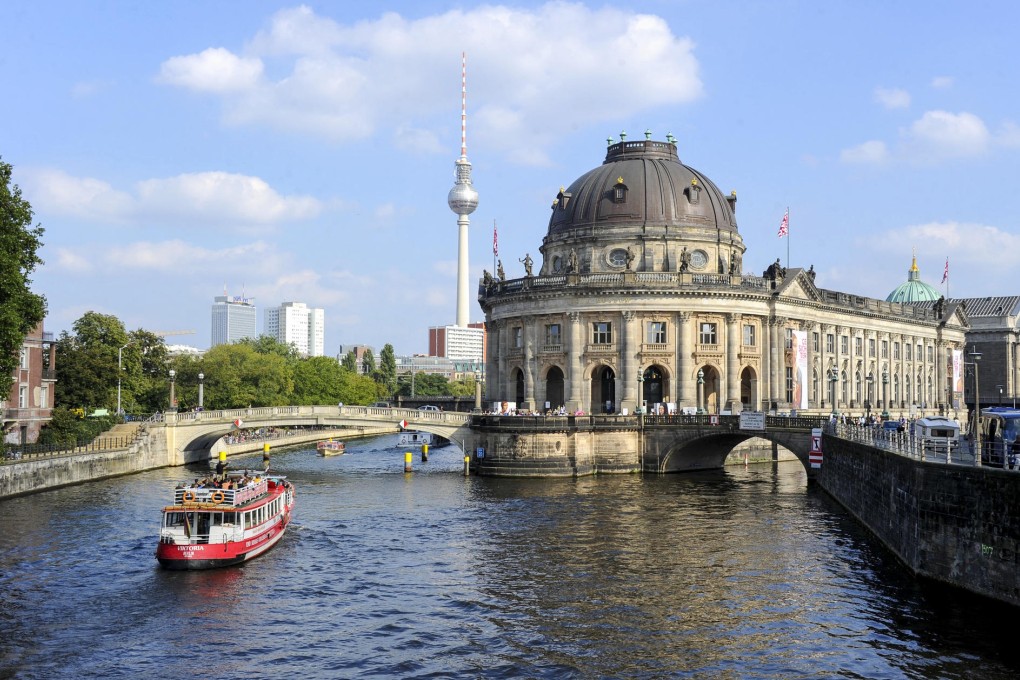Sausages to specimen jars: Berlin's museums have something for everyone
German capital is brimming with museums paying homage to myriad things, some of them unlikely. Michael Hingston stumbles upon some of the best

German being a language of all- encompassing compound words, the locals must have one for the quandary a visitor finds himself in when first setting foot in Berlin. On the one hand, you're here to soak up the city's tumultuous history and world-renowned arts and culture; on the other, you are instantly overwhelmed by choice. There are more than 100 museums on display in the capital's tourism brochures - how do you even begin to narrow down that number?
Some stick to the greatest hits. Museum Island is a Unesco World Heritage site on the Spree river that is home to five institutions. The Topography of Terror dissects the rise, fall and legacy of the Third Reich and it's possible to do a circuit of regional museums, of which there are many. For €24 (HK$225), a three-day Museum Pass grants entry to more than 50 of the city's finest and is an essential part of any travel kit.
And then there is a side of Berlin that even many locals have never witnessed.

It might seem odd, for instance, to find yourself in a museum dedicated entirely to a single type of sausage. That's why the Currywurst Museum, a diversion from the nearby tourist trap Checkpoint Charlie, begins with numbers that are hard to argue with: about 800 million portions of these ketchup- and spice-covered sausages are eaten every year, 70 million in Berlin alone. It turns out sausages have a rich history, too, and there's an ongoing debate in Germany as to where and when the currywurst originated. (Officially, Berlin in 1949, but don't tell that to someone from Hamburg.) Other exhibits investigate the architecture of the kiosk from which the sausages are sold and the ecological life cycle of the paper dish off which they are eaten.
Still, it's a fundamentally silly concept, which is why the museum's approach to it is lighthearted. The décor has a condiment-inspired palette and to hear a selection of local songs about currywurst, you lift an oversized ketchup bottle to your ear. Once you're nice and hungry, the in-house sausage stand allows you to get you even better acquainted with your new favourite street food.